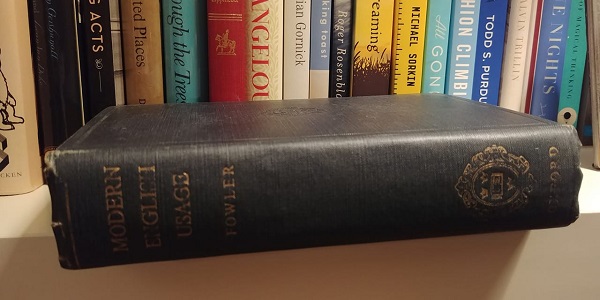
Good editing starts with listening. I speak with every prospective client by phone so that I can get a sense of your personality and your goals. For longer pieces, I may offer a complimentary sample edit that includes some line editing as well as global suggestions. This gives you a sense of how I work with a manuscript before you decide if you’d like to hire me.
Once we are officially working together, our conversations continue over the course of the editing process. I give you phone time as well as an opportunity to offer brief comments and questions in a shared Google doc.
I offer three levels of service:
Level One
A comprehensive editorial letter covering the basic elements of style: grammar, usage, sentence structure, clarity, and flow. In this letter, I will identify weak spots and offer specific suggestions on how to strengthen the manuscript. (This is also known as a manuscript assessment or critique.)
Level Two
Includes an editorial letter as well as a marked up manuscript that gives specific in-text suggestions on how to implement the proposed revisions.
Level Three
Includes the editorial services of levels one and two in addition to a detailed line edit that comprehensively addresses all the elements of style listed above, and more.
What else do you get when you work with me?
- After I read your draft, I may ask you questions in order to address any gaps I've noticed in the narrative. Sometimes we hit upon vital details in this information gathering process—our “interviews” produce eureka moments. I like to think of them as treasure hunts. A client once told me he was only able to complete his memoir because I “asked the right questions.”
- I bring a love of rhythm to my work as an editor. I listen for the tempo and melody of your work and make sure this “music” is in tune and consistent. Just the way a song can sound plaintive or playful depending on how it’s arranged, so, too, can an essay, article, or novel. Imagine two people write a defense of, say, allowing dogs in restaurants. One person’s argument might be droll, the other’s heartrending. There are, if not unlimited, then innumerable ways to make a point or tell a story, and it’s my job to honor your style while making sure it is fluid and serving your goals.
- Although I will point out breakdowns in clarity, vitality, and tempo, it is not my goal to alter your voice, nor for you to necessarily agree with all of my suggestions. Instead, I want to offer you a fresh perspective on your work that will give you a chance to play with word choice, sentence structure, and story development. My suggestions are there to spur your thoughts and give you the kind of insight that allows you to improve your manuscript on your own terms.
- Lastly, as a writer myself, I am keenly aware of how vulnerable one feels during the editing process. I recognize that the manuscript with which you’ve entrusted me is not just words on a page, but an act of self-expression, and I treat it with care.